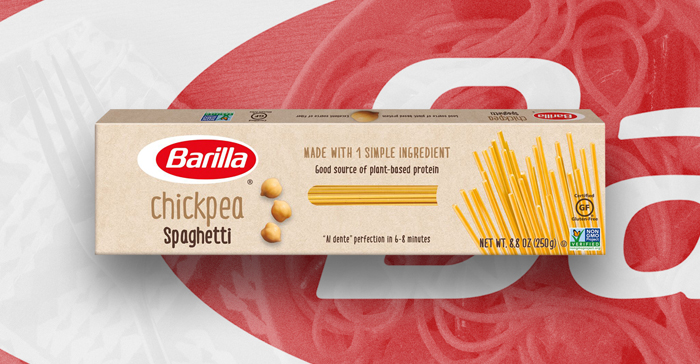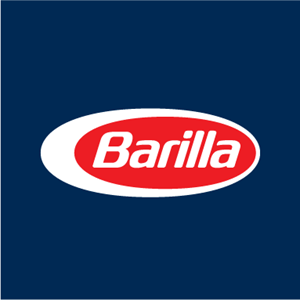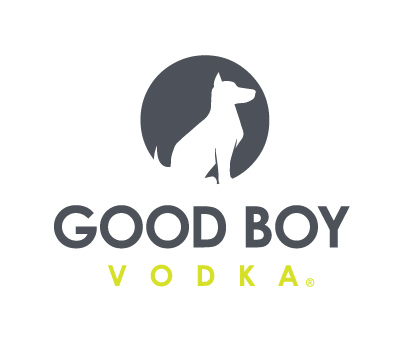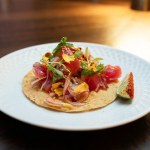Barilla Takes Another Bite From Legume-Based Pasta Category

Looking to meet rising consumer demand for higher fiber, higher protein options in place of carbohydrates staples, Barilla has expanded its legume-based pasta line with the addition of another single-ingredient cut: chickpea spaghetti.
The new product joins the Italian brand’s existing legume-based pasta lineup, launched in 2018, alongside red lentil or chickpea-based pastas in casarecce, penne and rotini shapes. The first line extension, red lentil spaghetti, arrived last year. All of the legume-based offerings are certified gluten-free, non-GMO Project Verified and contain one single-ingredient: red lentil or chickpea flour.
Jean-Pierre Comte, President of Barilla Americas said in a press release that the company wanted to add more long-cut legume-based pastas, as opposed to its current portfolio which leans towards more short cut, or extruded varieties.
Over the past few years Barilla has increasingly worked to diversify its product assortment, launching gluten-free pasta, Protein+ pasta (which contains chickpeas, lentils and pea protein), and Veggie-based pastas (which contain pureed vegetables). The Legume pastas aim to differentiate themselves from other products on the market, including Barilla’s own Protein+ options, by emphasizing their single ingredient nature.
Still, it remains to be seen if consumers are savvy enough to realize that other competitors’ products are a blend of legumes or if they just look at nutritional information. While at 11 grams of protein and 8 grams of fiber per serving, Barilla’s Chickpea Spaghetti offers more protein and fiber than its Classic Blue Box spaghetti, but still falls short of some competitors’ products. Banza, for example, has 20 grams of protein per serving (though it uses pea starch as well in its noodles) and Ancient Harvest has 14 grams of protein per serving (though also blends in quinoa flour).
The push on innovation comes after pressures in the wheat supply chain has caused costs of raw materials to rise. In an interview with Reuters ahead of the Swiss Economic Forum, Deputy Chairman Paolo Barilla noted that intense heat in the U.S. and Canada has “withered” wheat crops this year and might result in shortages of the ingredient. Meanwhile, heavy rainfalls in Europe have impacted the durum wheat harvest in Europe. In addition, he said, Barilla has also struggled with higher packaging and logistics costs.
To better withstand these pressures, the company plans to invest roughly 1.4 billion euros between 2020 and 2024 in innovation, Reuters noted.
However, one advantage the multinational corporation has is price: while Barilla legume-based pastas retail for $2.99 for an 8.8 oz. box, Banza’s 8 oz boxes retail closer to $4 to $5. So even if prices increase for consumers, it’s likely the Barilla offering would come in at a lower price point than other natural alternatives.
“Now the part of the learning is becoming more and more relevant because there are so many new food propositions, on delivery, the gastronomy, the recipe, the digital content,” Barilla said.


















